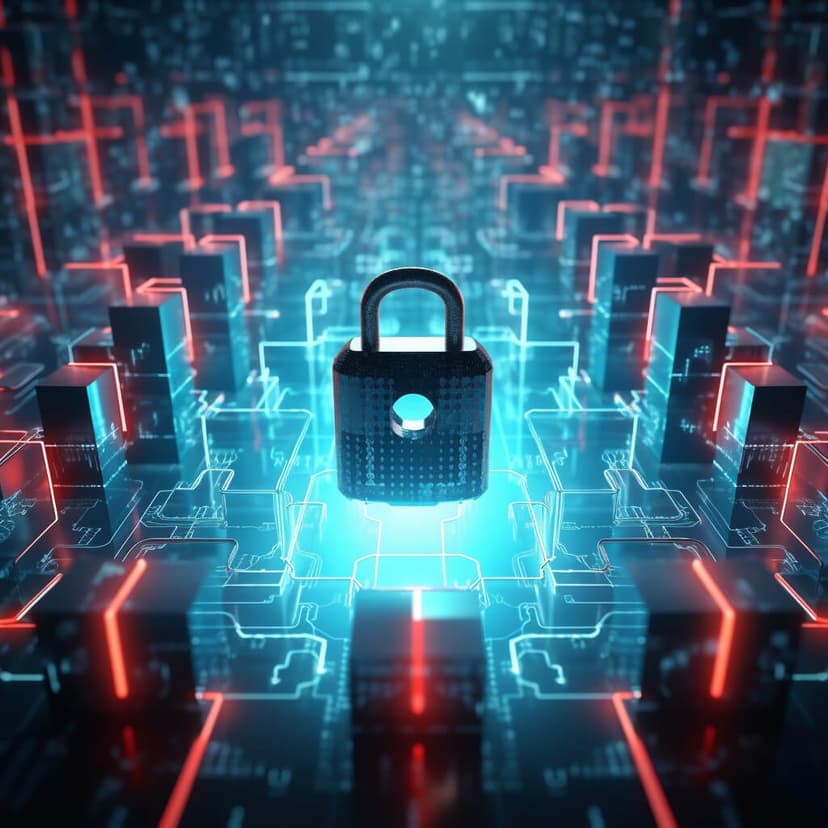With no end to the number of applications and processes that can benefit by integrating with Timeseal, it is worth turning our attention towards its potential role in the realm of digital correspondence, a critical aspect of modern business operations. Digital correspondence, whether in the form of emails, instant messages, or electronic documents, is often subject to regulatory scrutiny and can play a pivotal role in litigation. Ensuring the authenticity and integrity of such correspondence can be a complex and costly affair, but Timeseal offers a promising, cost-effective solution.
Litigation, particularly in the business world, often hinges on the ability to provide accurate, verifiable records of transactions and communications. In such scenarios, digital correspondence can serve as crucial evidence, but only if its authenticity and timestamp can be reliably verified. Timeseal, with its timestamping and verification capabilities, provides a means of enhancing the trustworthiness of digital correspondence, thereby fortifying its evidentiary value.
Timeseal’s ability to timestamp data can be employed to record the precise time and date of each piece of digital correspondence. This record is immutable, providing a verifiable trail of when the correspondence was created or sent. Such a trail can be of immense value in litigation, where the timing of events often plays a critical role.
Consider a scenario involving a contract dispute, where one party alleges that they were not provided with crucial information in a timely manner. The party accused of withholding information claims that they sent an email containing the necessary details well before the deadline. Without a reliable timestamp, verifying the accuracy of this claim could prove challenging. However, if the email was timestamped using Timeseal, it would provide an immutable, verifiable record of the exact time and date the email was sent, thus offering a clear resolution to the dispute.
Moreover, the integration of Timeseal into a business’s digital correspondence system can be achieved without the need to develop an over complex architecture or make substantial financial investments. This cost-effectiveness makes Timeseal an attractive option for businesses of all sizes, providing them with the means to harness the power of blockchain for their litigation needs without incurring prohibitive costs.
In summary, Timeseal’s application in the context of digital correspondence offers a compelling example of how modern technology can address traditional legal challenges. By providing a simple, cost-effective method of enhancing the reliability of digital correspondence, Timeseal can significantly improve a business’s ability to navigate litigation. As we continue to traverse the digital age, it is incumbent upon us to identify and leverage such technological solutions that promise to enhance the efficacy of our legal systems.










